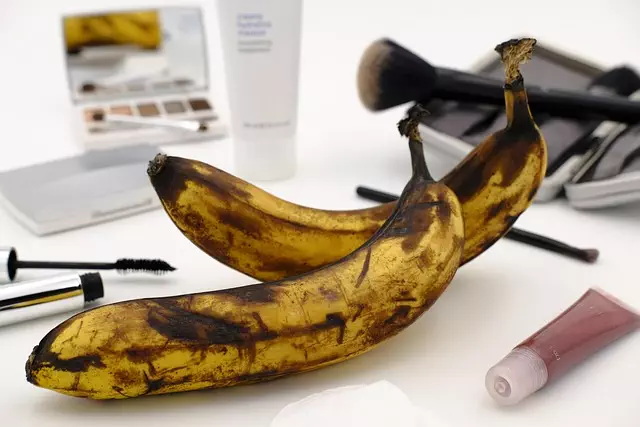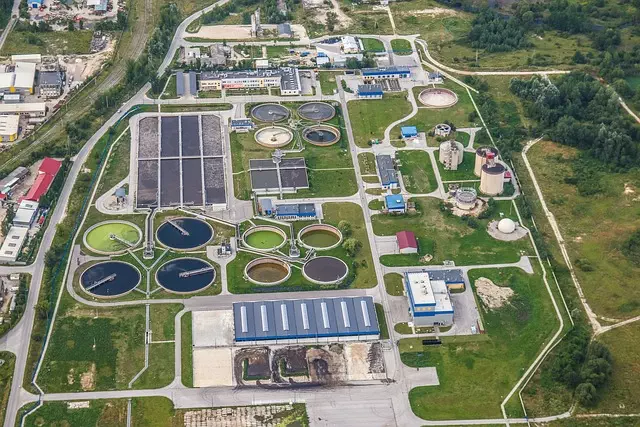The text explores anti-aging treatments, highlighting that wrinkles are primarily caused by muscle contractions and sun exposure, leading to dynamic and static types. It discusses a wide range of options, from topical creams with key ingredients like retinol and vitamin C to in-clinic procedures such as Botox, filler injections, chemical peels, and microneedling. Advanced technologies like LED light therapy and laser treatments are also mentioned. The text emphasizes the importance of understanding one's skin type and needs, and how lifestyle factors like hydration, diet, exercise, sleep, and sun protection significantly impact anti-aging efforts. It concludes by acknowledging surgical options as last resorts, each with its own risks and benefits, and stresses the value of a healthy lifestyle in complementing external treatments.
“Uncover the latest advancements in anti-aging treatments and bid farewell to wrinkles. This comprehensive guide explores various strategies to combat signs of aging, from understanding the science behind wrinkles to revolutionary clinic procedures. Discover topical creams and serums packed with potent ingredients, or delve into cutting-edge technologies reshaping the anti-aging landscape. Whether you prefer non-invasive options or consider surgical alternatives, we’ve got you covered. Embrace a youthful glow with our expert insights on effective anti-aging treatment methods.”
Understanding Wrinkles: Causes and Types

Wrinkles, a natural part of aging, are lines or creases on the skin caused by various factors. Understanding these causes and types is crucial when considering effective anti-aging treatments. One primary cause is repeated muscle contractions, such as smiling, frowning, or squinting, which over time create permanent impressions in the skin’s surface. Sun exposure is another significant contributor, with harmful UV rays breaking down collagen and elastin fibers, leading to wrinkles and skin aging.
There are several types of wrinkles, each forming due to different underlying mechanisms. Dynamic wrinkles appear temporarily when muscles contract, like frown lines or crow’s feet. Static wrinkles, on the other hand, are permanent and result from loss of elasticity and collagen degradation. Knowing these details helps in selecting appropriate anti-aging treatments tailored to specific wrinkle concerns.
The Evolution of Anti-Aging Treatments

The pursuit of youthful skin has driven significant advancements in anti-aging treatments over the years, reflecting a global desire to combat the natural aging process. Early efforts focused on topical creams containing retinoids and hydroxy acids to stimulate collagen production and exfoliate dead skin cells. However, these surface-level approaches soon gave way to more advanced techniques targeting deeper skin layers.
Today, anti-aging treatments have evolved to include a diverse range of options, from minimally invasive procedures like Botox and filler injections, which temporarily smooth fine lines and wrinkles, to more substantial interventions such as chemical peels and laser therapy, capable of addressing deeper damage and stimulating collagen regeneration. This evolution underscores the continuous quest for effective and safe methods to mitigate the visible signs of aging, catering to diverse skin types and needs.
Topical Creams and Serums: Potent Ingredients for Youthful Skin

Topical creams and serums have emerged as powerful allies in the quest for youthful skin, offering a plethora of anti-aging treatments. These formulations are designed to penetrate deep into the skin’s layers, where they can effectively target the visible signs of aging. The key lies in their ability to deliver potent ingredients that stimulate collagen production, enhance skin elasticity, and reduce the appearance of fine lines and wrinkles.
The market abounds with options, each boasting unique combinations of active substances like retinol, vitamin C, hyaluronic acid, and peptides. Retinol, a derivative of vitamin A, is renowned for its ability to exfoliate dead skin cells and encourage the turnover of new ones. Vitamin C, a powerful antioxidant, fights free radicals and brightens the complexion. Hyaluronic acid, known for its hydrating properties, plumps up fine lines from within, while peptides mimic natural proteins to strengthen the skin’s barrier and promote a smoother, more youthful appearance.
In-Clinic Procedures: Advanced Techniques for Significant Results

In-clinic procedures have evolved significantly, offering a range of advanced anti-aging treatments that provide substantial results. These innovative techniques, administered by trained professionals in controlled settings, target deep wrinkles and skin volume loss with precision and effectiveness. One such procedure is chemical peels, which use specific chemicals to exfoliate the skin, revealing smoother, more even skin beneath. Another popular option is microneedling, where tiny needles create micro-channels in the skin, stimulating collagen production for improved texture and tone.
For more extensive concerns like facial contours and volume loss, procedures like Botox injections and dermal fillers have long been trusted. Botox works by temporarily paralyzing muscles to reduce dynamic wrinkling, while dermal fillers enhance facial structure by plumping up depressed areas. Combining these advanced anti-aging treatments can deliver dramatic improvements in skin appearance and overall youthful radiance.
The Role of Technology in Revolutionizing Anti-Aging

In today’s digital era, technology is playing a pivotal role in revolutionizing anti-aging treatments. Innovations such as advanced skincare devices and targeted serum formulations are transforming the way we approach aging. High-tech tools like LED light therapy, microdermabrasion machines, and laser treatments offer non-invasive methods to stimulate collagen production and reduce fine lines and wrinkles. These technologies not only enhance traditional anti-aging practices but also enable personalized care tailored to individual skin needs.
Furthermore, advancements in cosmetic science have led to the development of cutting-edge ingredients that penetrate deeper into the skin. Peptides, antioxidants, and retinol derivatives are just a few examples of active substances that work synergistically to combat signs of aging. With continuous research and development, the future of anti-aging treatments looks promising, offering more effective and safe options for folks seeking to preserve their youthful glow.
Non-Invasive Treatments: Safe Alternatives for Delicate Skin

Surgical Options: When Consider a More Radical Approach

If non-invasive methods have proven ineffective, it may be time to consider surgical options for advanced wrinkle treatments. While these procedures might offer more dramatic results, they should be seen as a last resort due to potential risks and side effects. Facelifts, for instance, can reduce the appearance of deep facial wrinkles and sagging skin by tightening the facial muscles and tissue. Similarly, chemical peels can address fine lines and age spots by chemically exfoliating the top layers of the skin, promoting the growth of smoother, younger-looking skin.
Another surgical option is thread lifting, which involves using thin threads to lift and tighten loose skin. This technique can be less invasive than a traditional facelift while still providing significant anti-aging benefits. Each procedure comes with its own set of considerations, including recovery time, potential complications, and long-term results. It’s crucial to consult with a qualified healthcare provider to determine if these more radical approaches are the right fit for your specific needs and goals.
Lifestyle Changes: Supporting Your Skin's Natural Radiance

In addition to external treatments, adopting a healthy lifestyle can significantly enhance your skin’s natural radiance and support anti-aging efforts. One of the most impactful changes is staying hydrated by drinking ample water daily. Proper hydration keeps the skin plump and supple, reducing the appearance of fine lines and wrinkles. A balanced diet rich in antioxidants, vitamins, and minerals is equally vital. Foods like berries, leafy greens, and fish packed with omega-3 fatty acids promote collagen production, a protein essential for maintaining skin elasticity.
Furthermore, regular exercise increases blood circulation, delivering oxygen and nutrients to the skin cells, thereby boosting their repair and regeneration process. Adequate sleep is another crucial factor; during sleep, the body produces more human growth hormone (HGH), which plays a key role in collagen synthesis. Limiting exposure to sun damage through protective clothing and sunscreen is also an effective anti-aging strategy, as UV radiation is one of the primary contributors to premature skin aging.
